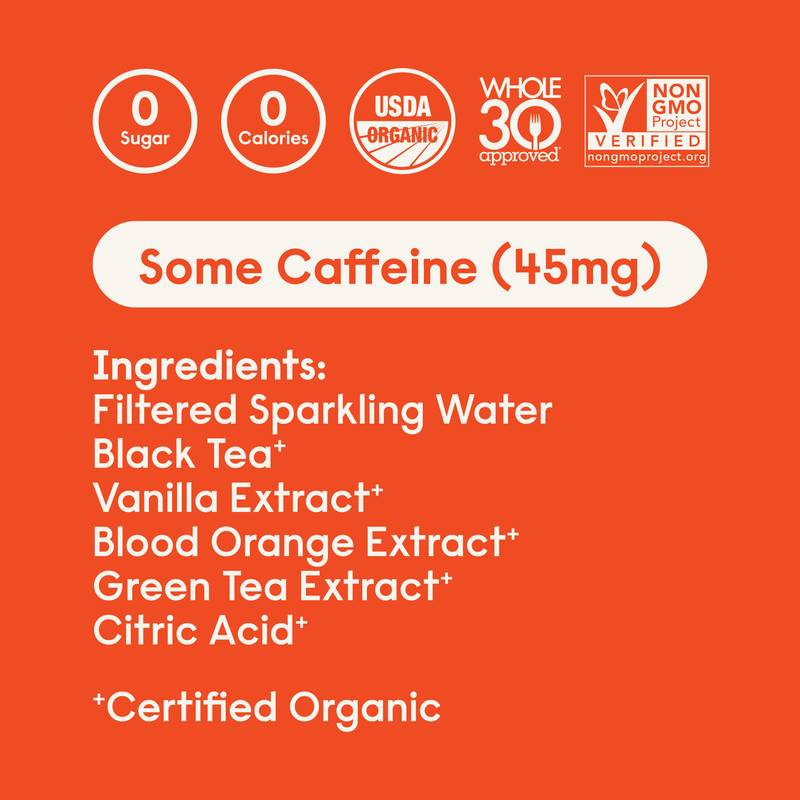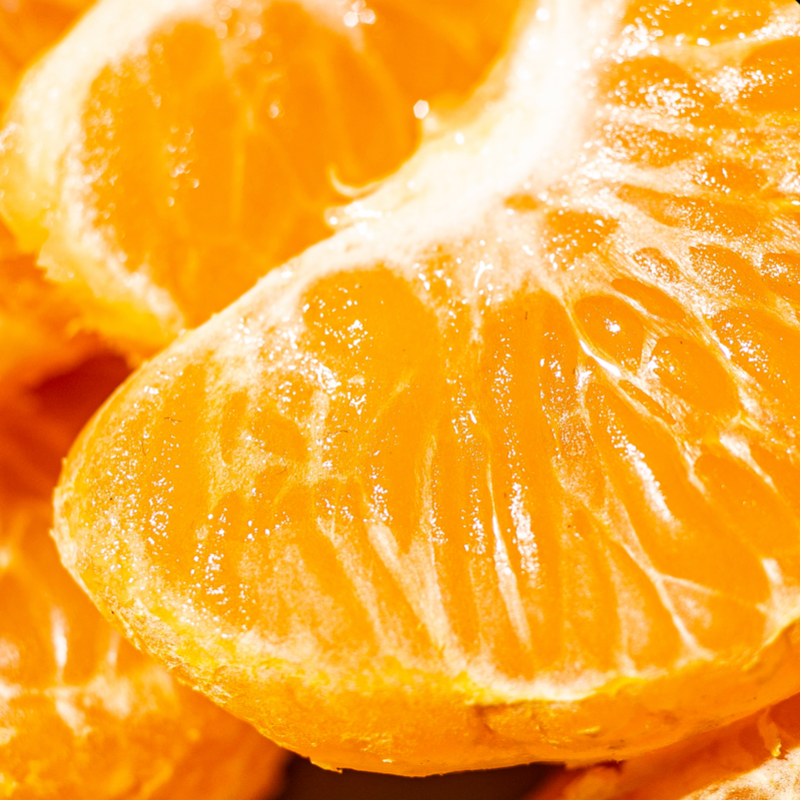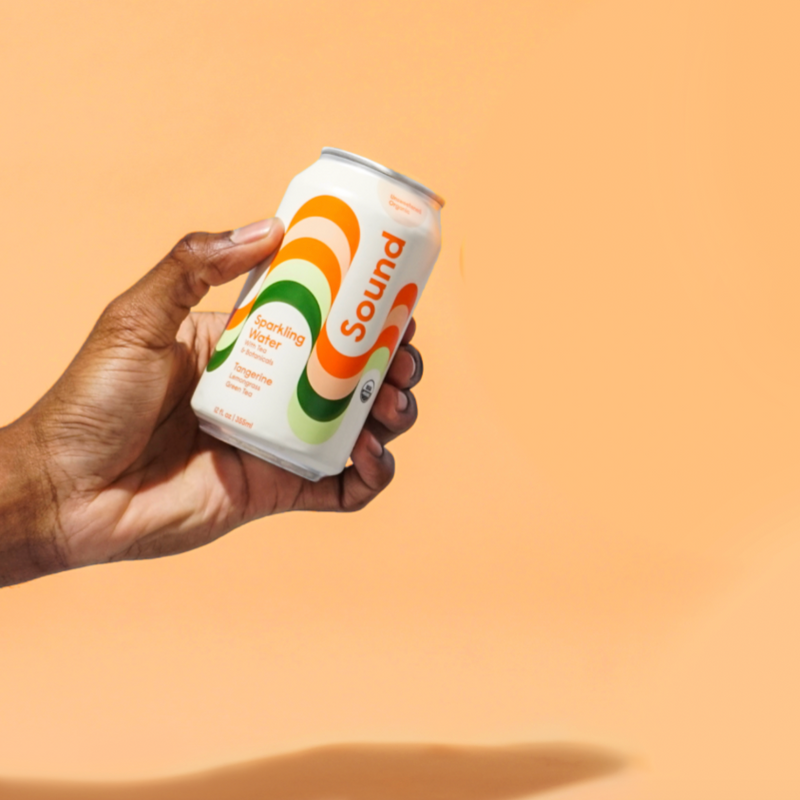The definition of “plant-based eating” can vary a bit depending on who you’re talking to (kind of like intermittent fasting 🙃). Let’s break it down into three of the main interpretations:
-
Vegan diet: Many view plant-based eating as a diet that consists only of plants — so fruits, veggies, whole grains, nuts, seeds and beans.
-
Plant-based diet: Meanwhile, others feel that plant-based means that the majority of your diet is just that — plants — but you can include some animal products. it’s just that they do not make up most of what you eat.
-
Whole-food, plant-based diet: This is basically the same premise as a plant-based diet but more focused on eating foods in their real form, so for instance - choosing to have a whole grain like quinoa or buckwheat as your dinner side over commercially-produced bread. Dr. Mark Hyman describes this style of eating as a “plant-rich diet”.
When thinking of how plant-based eating is viewed in the functional medicine community, it seems the whole-food, plant-based diet definition is most popular, so we will be using this one for the purposes of this piece. Check out the visual from Healthline below for a little more clarity:

What are the benefits of going plant-rich?
The infamous Mediterranean diet, which has time and time again been associated with tons of benefits, is a good example of a whole-food, plant-based diet. The Mediterranean diet is abundant in plants especially veggies, includes healthy fats like extra virgin olive oil & avocado, and although it does include fish, meat & eggs, they tend to be quality and more of a side on the plate vs the main attraction. There are tons of advantages of upping plants in your diet. Below are just a few!
-
Lowers the risk for chronic diseases like heart disease, diabetes and certain cancers.
-
Supports healthy immunity. Plants are jam-packed with phytonutrients and antioxidants that fight inflammation while also boosting immunity. Veggies of any kind, berries, citrus are all examples of immunity-supporting plants.
*Fun fact: protein actually helps build our immune cells, including antibodies, making protein an important piece of the immunity-supporting puzzle too!
-
Rich in fiber… and fiber is king! It’s no secret that plants are the richest sources of fiber out there — whether its green leafies like spinach, cruciferous veggies like broccoli, berries, or seeds like ground flax or chia. These fibers support healthy digestion. Plus, they help keep our blood sugar balanced, which is key for stable energy and lowering inflammation. Not to mention, meeting fiber goals can support healthy metabolism.
-
Can help improve energy. Not only does the fiber itself help to balance blood sugar and therefore improve energy, but also eating whole foods in their true form allows our body to best use all the incredible vitamins, minerals, etc in those foods. This is likely a major contributor to the feeling of improved energy that many experience with the switch to this style of eating.
Ready to go whole food, plant-based? It can help to choose one or two of the below as a good starting point, and then add on from there!
-
Aim to include veggies at two meals/day. To get there, have easy to grab options available and do a little meal planning ahead of time.
-
Some easy to grab options: whether that’s raw veggies ready to go in the fridge (e.g carrots, broccoli, cherry tomatoes) to throw into a salad or have with a dip, or prepared veggies (whether you bought them or made them yourself!) like roasted broccoli, cauliflower and asparagus that can be easily thrown into any meal.
-
Meal planning can be overwhelming. Pick one or two easy recipes you will make for the week and have for leftovers like a good chili that you serve over baby spinach or kale (or whatever other veg you have lying around!).
-
-
Make some good-for-you swaps for basic staples. Instead of getting processed cheese, try a quality dairy-free, nut-based cheese instead. In place of regular white pasta, try a bean-based alternative for more B vitamins like folate, as well as protein and fiber.
-
Re-evaluate what you look at as the star of your plate. Historically, the typical American diet makes the starch (e.g rice, pasta) or the protein (steak, fish) the star of your plate. With a plant-based diet, plants are the star! The protein & starch are the co-stars. Aim to make at least half of your plates veggies.
-
Try to stick to one or two ‘snacky’ foods per week. When doing your weekly shop, if you usually grab a number of pre-packaged snacks, aim to limit that to one or two (a couple healthier ‘snack’ swap brands that we like: Siete & Lesser Evil). Otherwise, grab whole foods to snack on or include into your meals like fresh fruit, or chopped veg with hummus and guacamole.
A quick side note: things to be aware of if you are thinking of going completely animal-free (aka vegan).
Whether you’re following a vegan diet, gluten-free diet, Standard American Diet 🙃, whatever it is — one of the major pitfalls we see in any of these cases is that even though that individual is being compliant with their specific “diet”, a lot of what they’re eating is processed (like white bread is technically vegan but is it a good choice?). That’s where the ‘whole food, plant-based diet’ really reigns supreme, because the focus is on eating whole real foods and minimizing the processed stuff.






